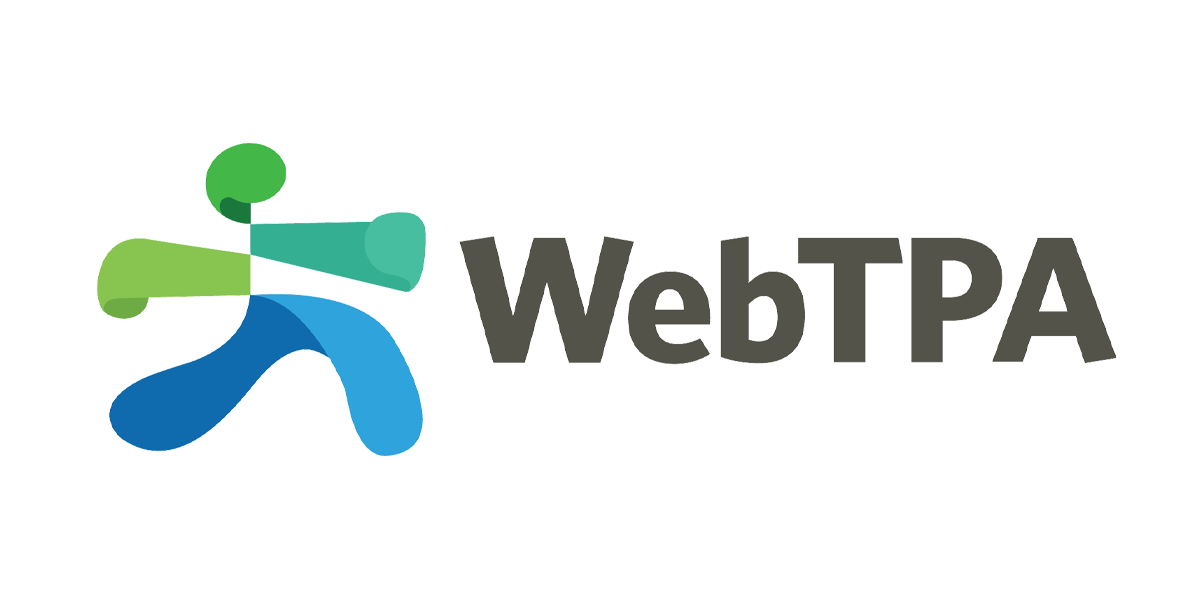10 top priorities for CIOs in 2024
6. Sharpen your company’s digital acumen
Diane Schwarz, CIO with building products and management services firm Johnson Controls, says she’s focused on increasing digital acumen across the enterprise.

6. Sharpen your company’s digital acumen
Diane Schwarz, CIO with building products and management services firm Johnson Controls, says she’s focused on increasing digital acumen across the enterprise. “It’s only through digitalization and AI that we will achieve the acceleration we need to deliver critical insights for our customers and our organization,” Schwarz explains.
Generative AI will be a critical component in Johnson’s plan to fully integrate digital into its business core, especially as the company seeks to simplify and standardize operations, she says. “At the same time, we need to be sure employees are using generative AI safely — not putting company or customer information at risk.”
7. Address the AI talent shortage challenge
AI talent is in short supply, as highlighted in a recent McKinsey study. “CIOs must think outside the box and come up with creative solutions for filling these roles,” says Gaudy Jandron, CIO with data infrastructure and IT services firm US Signal.
Besides sourcing talent and upskilling current team members in AI technologies, CIOs in 2024 will need to partner with business leaders to develop programs that will help all employees adapt to the new ways of working, Jandron says. She believes that collaborating with external partners, such as AI vendors and research institutions, will also be critical to access the necessary expertise and resources.
8. Strengthen data governance
By securing organization data and building a clean and current view of relevant internal processes, CIOs in 2024 can help technology teams develop cognitive solutions geared toward transformative process enhancements, says Mike Shanko, CTO at supply chain operating system developer Blue Yonder.
The first step should be establishing strong governance practices across the data landscape, Shanko says. From there, he recommends developing policies and team training while creating a secure, operationally sound environment. “In 2024, viewing priorities from a strategic, long-term business point-of-view, as opposed to viewing solely through a technological lens, will better benefit your overall business and employees.”
9. Seek value creation
Addressing digital transformation initiatives while simultaneously navigating budget constraints is a challenge many IT leaders face. That’s why value creation should be a top goal for IT leaders in 2024, says Jeremy Rafuse, vice president of digital workplace and IT at collaboration and IT management platform provider GoTo.
When it comes to effective IT, less is more, and too many tools can run up costs, accrue technical debt, and lead to disjointed user experiences. Exploring new and innovative technologies is an effective way to add value for customers and remain competitive. “An important part of this is tidying up the IT toolkit,” he notes.
“We’re looking to consolidate our software to remove clunky and redundant capabilities, which in turn will save both time and costs,” Rafuse says. His approach also extends to physical hardware by moving specific workloads to the cloud, reducing both office and data center footprints. “We’re also looking to strategically migrate certain processes to single platforms for ease of use.” Rafuse believes that taking proactive measures to streamline business operations will not only conserve costs over the long run, but also drive up IT’s overall value. “Businesses should always strive for quality over quantity, and cost optimization will follow.”
10. Make cost optimization a priority
Cost optimization is high on the list for most CIOs, observes Ola Chowning, a partner with technology research and advisory firm ISG. “Many organizations are shying away from broad transformation unless it has an underpinning of agility — smaller spend with earlier outcomes — and some extent of self-funding,” she says.
This pragmatic approach expects day-to-day IT costs to remain steady, if not decrease, and that cost basis will remain optimized as businesses continue to digitize and IT capabilities modernize. “This is less about cost take-out, and more about a predictable, rationalized cost basis — an optimized estate,” she says.
As organizations begin emerging from their initial push to the cloud and digital transformation, many have experienced an explosion of cost rather than the rationalized cost base they were expecting, Chowning says. “These hits to the balance sheet and cost position are often driven by the ease with which data and compute capability can proliferate in cloud environments, but also by the financial treatment of IT cost as spend shifts from capital to operating expense.”











